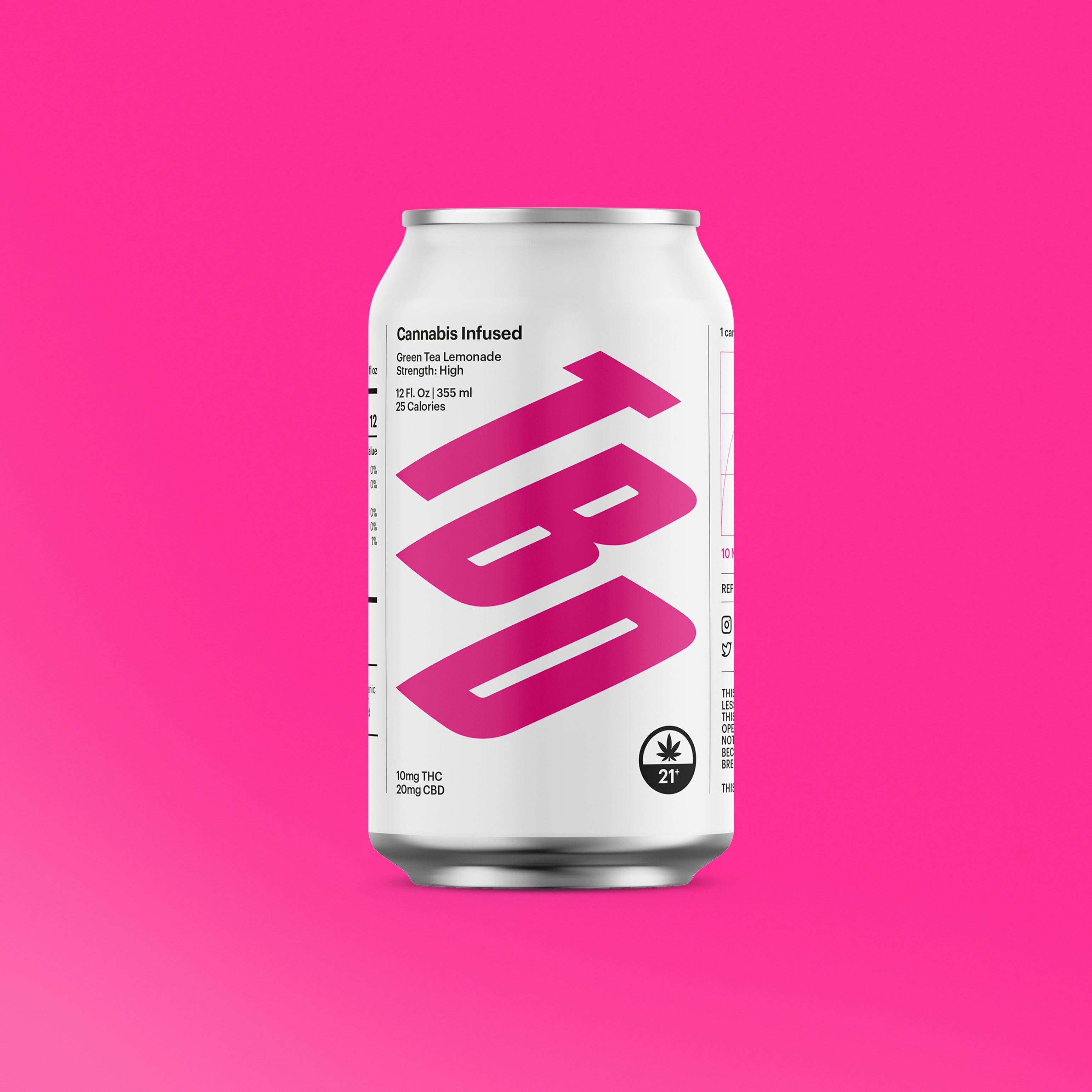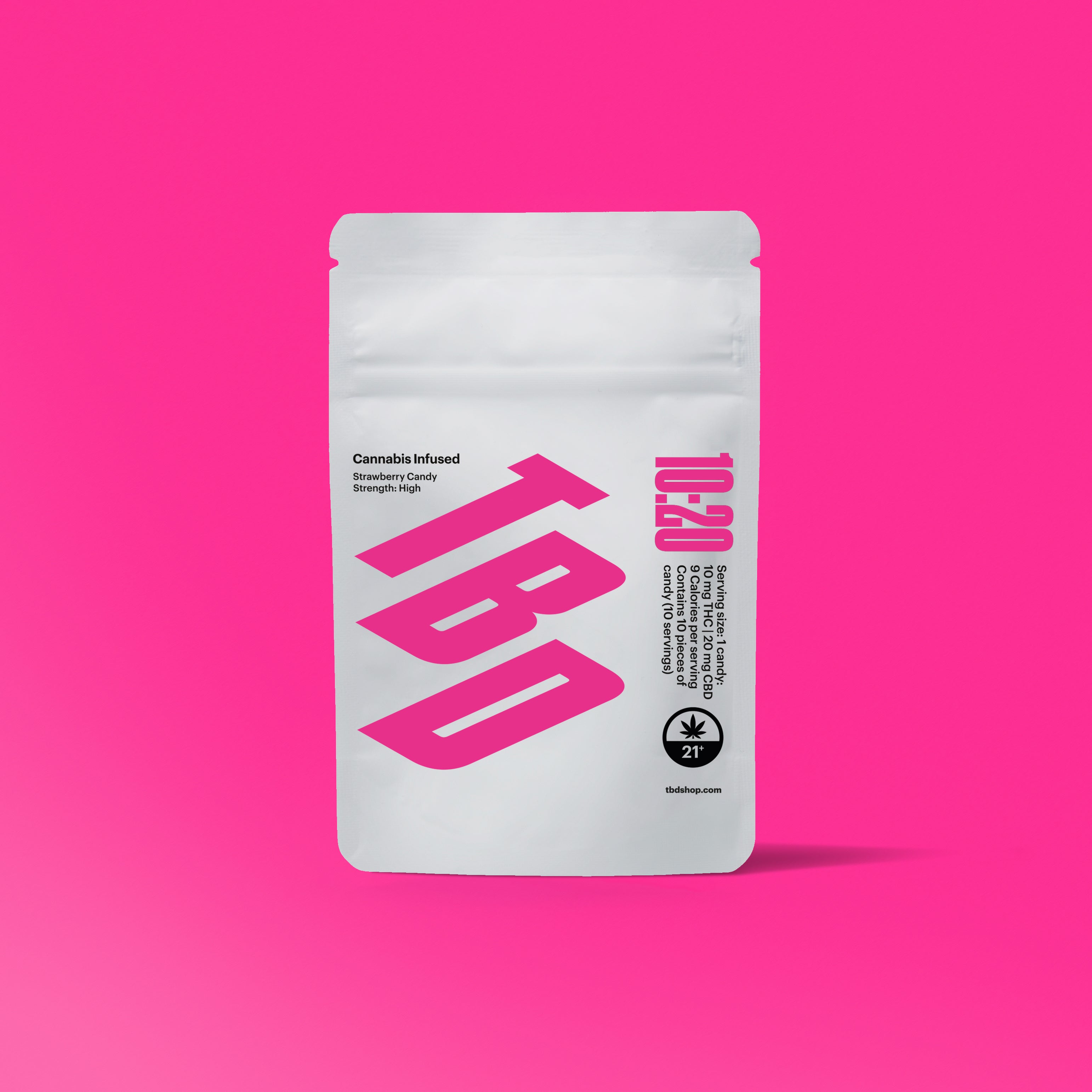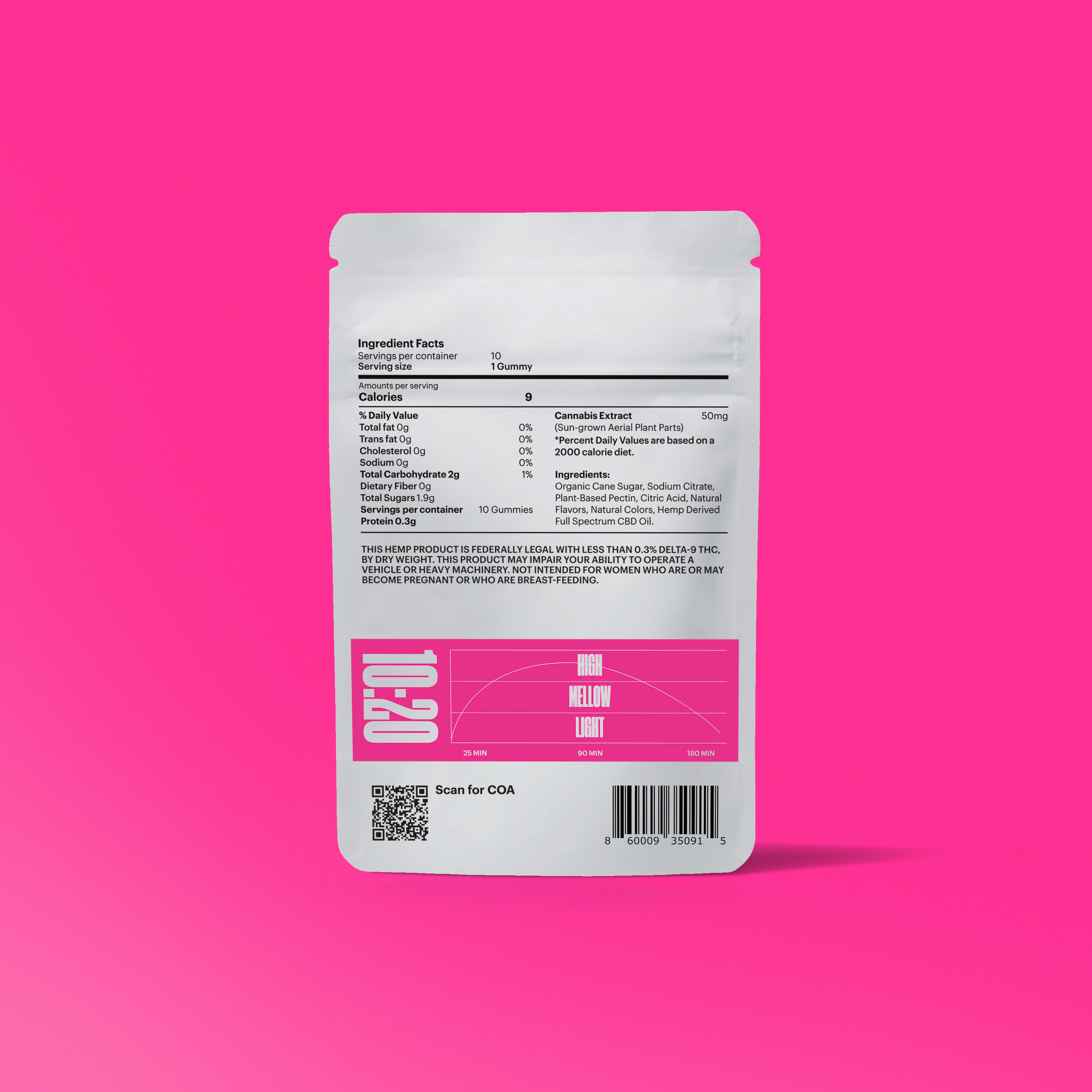The propaganda against cannabis
The campaign to demonize cannabis, which ultimately led to its prohibition, reached its peak in 1936 with the release of "Reefer Madness", a fictional propaganda film. As we now know, the film and much of the anti-cannabis rhetoric were filled with fabrications—lies that paved the way for the banning of the plant in the U.S. in 1937, and, over the following decades, around the world.
The irony of prohibition
Ironically, the prohibition that was intended to protect society from the supposed dangers of cannabis has actually made the plant more dangerous over time.
While the extreme dangers portrayed in 1930s propaganda may still be far from reality, it's crucial to understand what has actually happened to cannabis under prohibition. Below, we’ll explore the complex relationship between prohibition and the plant itself, diving into both the modern history of cannabis and scientific studies that suggest that the plant, in its current form, may not be as harmless as it once was. At Studio TBD, we're leading the charge to make it safe again.
Prohibition was a terrible idea
For the past 80-90 years, cannabis has been illegal in most parts of the world. This has led to countless tragedies, most notably as a result of the pointless “War on Drugs.” Now, as decriminalization and legalization spread globally, society is beginning to confront the many wrongs of the prohibition era. Among these is a lesser-known issue: - the effect that prohibitions has had on the plant itself.
THC potency has gone up by 500% since The Summer of Love
The era of prohibition coincided with the rise of modern science. However, because cannabis was outlawed, scientific research on the plant was largely forbidden, leaving the work to black-market growers and smugglers. Their incentive was clear: make the plant stronger by increasing its THC levels.
Since the 1960s—when cannabis became a symbol of counterculture during the “Summer of Love”—the THC potency of the plant has increased by around 500%. Over the past two decades, cannabis potency has doubled on average worldwide, with even more dramatic increases in the United States.
A lesser-known fact is that as THC levels have risen, CBD levels have plummeted. In today’s lab-grown cannabis, which can contain up to 50% THC, there is virtually no CBD left.
The short term significance of CBD
CBD helps moderate the most common side effects of THC during a high. The cannabis consumed at Woodstock in 1969 contained around 5-10% THC, paired with 5-10% CBD—a nearly 50-50 split. In contrast, the cannabis available in today’s dispensaries or on the black market often contains between 25-40% THC and no CBD at all. This dramatic shift has led many users to experience unwanted side effects like anxiety or heavy drowsiness.
The long term significance of CBD
Research indicates that regular cannabis use can have potential long-term effects, including dependence, cognitive and educational impairment, and psychosis. Importantly, the risk of these negative outcomes appears to be tied to the levels of THC and CBD in the cannabis consumed. Higher CBD levels can mitigate these risks, just as they do with short-term side effects.
Encouragingly, studies suggest that increasing CBD content does not diminish the pleasurable effects of THC.
Below are experts from the study "Can we make cannabis safer?” Administered by King’s College in London, UK
Doi: 10.1016/S2215-0366(17)30075-5
Download the study here.
Psychosis
High potency cannabis also carries a higher risk of psychosis as well as an earlier onset of the illness than low THC forms. A recent case-control study of patients with a first episode of psychosis found that daily use of high-THC, low CBD cannabis was associated with a 5-fold increase in the odds of psychosis but found no such increase among users of low potency hash (resin).
Experimental studies in healthy volunteers have shown that administration of high-dose THC can induce a range of psychological changes including transient psychotic symptoms. They have also consistently found impairments in memory functioning in a dose-response manner. However, studies that have combined THC with CBD have found very different results. Co-administration of CBD significantly reduces THC-induced time estimation errors and psychological reactions while a subsequent study found 1mg/kg CBD significantly reduced the anxiogenic effects of 0.5mg/kg THC in healthy volunteers.
In a recent study of 140 cannabis users, those who tested positive for both THC and CBD in hair samples experienced significantly fewer psychotic-like effects compared to those testing positive for THC only.
There is also evidence that CBD may reverse the negative impact of THC on cognitive performance. A naturalistic study of 134 cannabis users smoking their own cannabis found that participants using cannabis with higher CBD levels displayed no impairment on measures of immediate and delayed prose recall compared to when sober. By contrast, performance on these tasks was significantly impaired among those who used cannabis with equivalent THC but no CBD.
Conclusion
Reducing the THC content of cannabis, smoke-free alternatives (vaporizers), and concurrent use of tobacco may be effective harm reduction measures. However, increasing the content CBD may be especially promising as it can offset several harms of cannabis without compromising its rewarding effects.
















